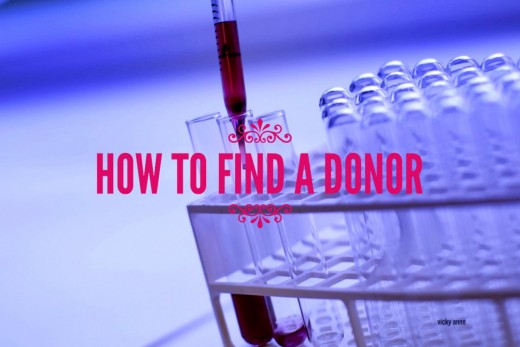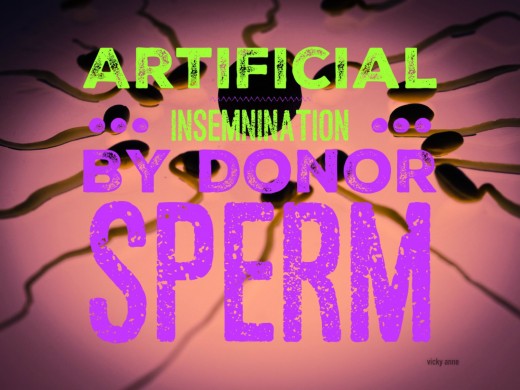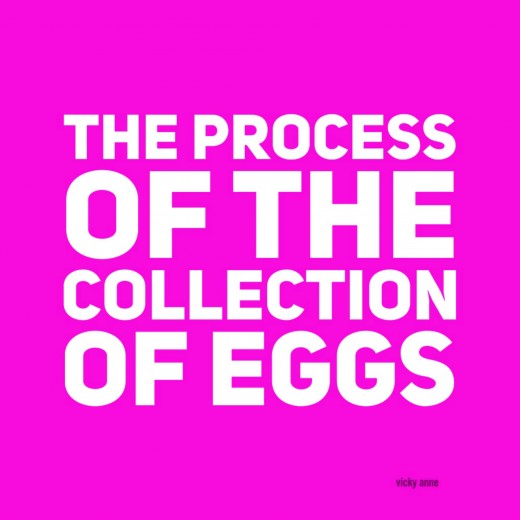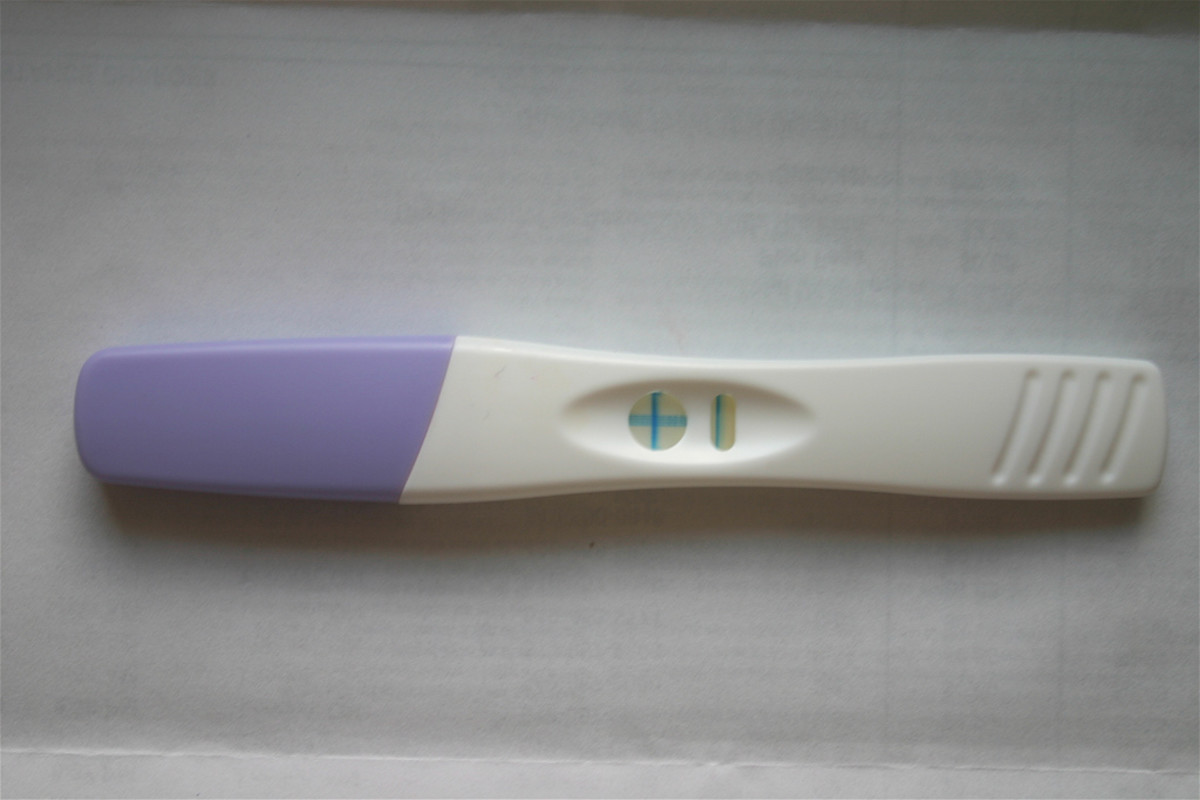- HubPages»
- Health»
- Women's Health»
- Pregnancy
Artificial Insemination By Donor Sperm
What Is Artificial Insemination By Donor Sperm
Artificial insemination by donor sperm is usually done because the male partner's sperm is either nonexistent or not of sufficient quality for conception to occur. Advances in some reproductive technologies have made it more possible for men whose sperm is of poor quality to still father a child through techniques like IVF which is a form of micro-assisted fertilization. In addition, women who want to have a child on their own or in partnership with another woman might want to select this process in order to achieve pregnancy. Donor insemination is sometimes used when there is a genetically inherited problem that a couple does not wish to pass on to their unborn child. Issues of confidentiality are very strictly adhered to and information that is recorded at the center about donors or recipients cannot be disclosed except under legally defined circumstances.

How To Find A Donor
Donors are carefully selected and screened. Semen is tested and frozen and stored for six months until results are conclusive. This is obviously important to avoid any inadvertent transmission of disease or HIV virus for example. Physical characteristics of the donor are noted in an effort to match donors in terms of hair and eye coloring and height and ethnic background. Any mother of a child by donor insemination is the legal mother.

What Do I Need To Know About IVF
Artificial insemination using the husband’s or partner's sperm is rarely useful where there is a low sperm count although it is sometimes recommended. Regular sexual intercourse combined with closer attention to the time of ovulation in a woman is probably just as effective and may be less stressful for a couple’s relationship. In addition, it will depend largely on the area in which you live or your ability to pay for private treatment. Couples could face a wait of up to three years. Once the decision has been made after extensive medical tests and consultation in most circumstances selection for the program of treatment is only the first step. The team working with a couple needs to ensure that all aspects of the sequence of events leading up to possible conception are fully understood. This consultative process is very important and may also involve the time and skills of a clinic counselor who can help a couple cope with the emotional side of treatment.
First Stage Of IVF
This is important not only because of the high hopes invested in IVF and the possible disappointments but also because of the heavy demands. This can make or break a couple's relationship. The first stage in the cycle is to suppress the secretion of estrogen in order to dampen its effect on the ovaries and this usually starts just after the beginning of a period. This suppressant is given daily either via a nasal spray or a subcutaneous under the skin injection and can be self-administered at home. Ultrasound checks on the ovaries are made between two to three weeks later and if this first drug regime has worked and the ovaries have been suppressed then a second drug treatment begins. The primary purpose of this initial suppression of the ovaries is to make their response to the subsequent drug treatment more effective.
Prior to any IVF treatment includes the use and storage of collected eggs and sperm and written consent has to be given by both parties involved.


Explain The Process Of The Collection Of Eggs
The collection can be done either under general anesthetic or sedation is used more frequently with access to the ovary via the vagina and fallopian tube while using ultrasound. Each egg removed from the follicle is individually extracted using a maturation device. It is usual to remove as many mature eggs available. These are then placed in a jellylike fluid in a glass dish and stored in an incubator. Freshly produced sperm from the woman's partner is then mixed with these eggs. It is likely that the semen sample from the man has been checked and treated to ensure a good number of moving healthy sperm prior to this. Embryo transfer does not occur until two if not three days in some clinics after the eggs were collected and fertilized by which time the embryos should have divided at least twice more. Doctors can examine the embryos microscopically and be sure that fertilization has really occurred because occasionally it can divide without having been fertilized. Transferring these for implantation will be of no use at all. Transfer of the embryos is done using an extremely fine piece of plastic tubing. Up to three fertilized eggs are sucked into the tube in their surrounding culture medium and the tube is gently inserted into the womb via the vagina and cervix before being squirted out. Any eggs sperm or fertilized embryos can only be used in accordance with a written consent whether for a couple's own use or for donation to another couple. If a pregnancy arises from the donation of a fertilized embryo then the child born is legally of the receiving parents not of the donating parents. During the course of treatment, the clinic also has a legal obligation to collect personal information about those participating in treatment. While this information held by the clinic is completely confidential however it is a legal requirement and an obligation to tell someone over the age of eighteen should they ask in the future whether they were born as a result of fertilized embryos. They are allowed to store frozen embryos for up to five years after which they are discarded. Keeping the embryos for this length of time allows for the possibility of a couple having another child at a later stage.
Courageous Women Who Donate Their Eggs
Women who give up their eggs for donation are rare. They should be no more than thirty-five years and meet standard rules and that they are to stay unknown to the beneficiary. Volunteers, as a rule, do as such for benevolent reasons. Some private centers may offer some type of compensation as far as costs. Egg benefactors need to experience the same medicinal work up as a woman in an IVF program. Keep in mind the end goal is to gather various eggs at the appropriate time. The donor will need to endure the everyday medications to monitor ovarian movement trailed by medications to invigorate the ovary to deliver more than one follicle trailed by medications to animate ovulation trailed by egg gathering either under sedation or general soporific. It is much to ask of somebody and those ladies who volunteer to give their eggs are champion humanitarians.
What Is Surrogacy?
It is legal for a surrogate to receive some payment of expenses. The reasons why a couple might consider using a surrogate mother are primarily where the woman has no internal reproductive organs to or carry a child or because her womb has been damaged. Two main forms of surrogacy exist.
- The first is where a surrogate mother is artificially inseminated using the husband or partner's sperm.
- The second is where the surrogate mother carries the parents' genetic embryo produced through IVF techniques and is the host mother for the duration of the pregnancy.
The former is the most common form of surrogacy. All agreements are made on a private basis and are not legally binding because the surrogate mother remains the legal mother. This arrangement is wholly dependent on trust in order to succeed. Expenses for the mother including those to cover the time of carrying the baby in the womb can be paid legally. Where a surrogate mother carries a couple's produced embryo things become more complicated because they involve medical help and treatment.
Share your thoughts here
Should IVF be available to everyone?
© 2016 Vicky Ann








